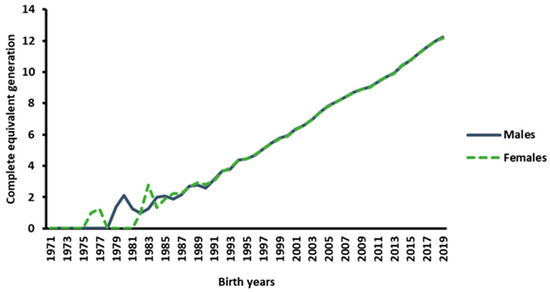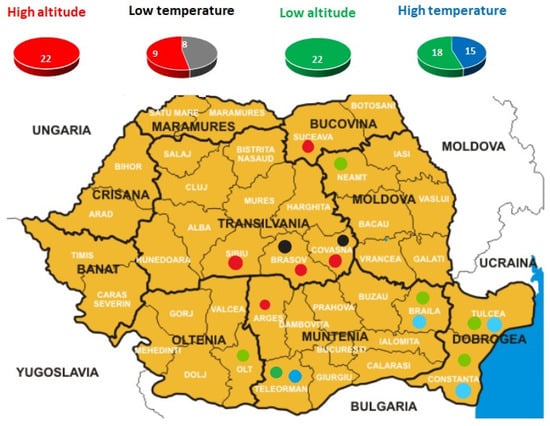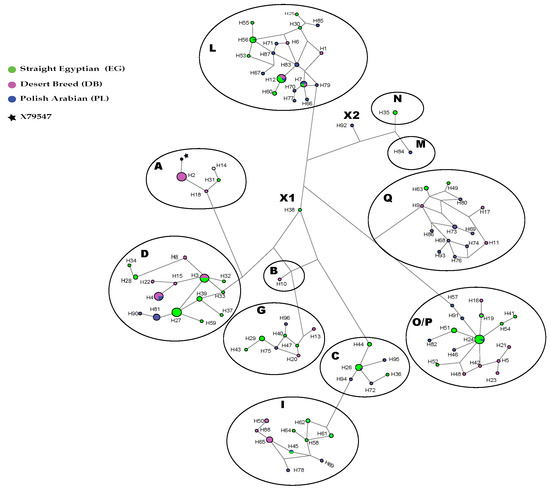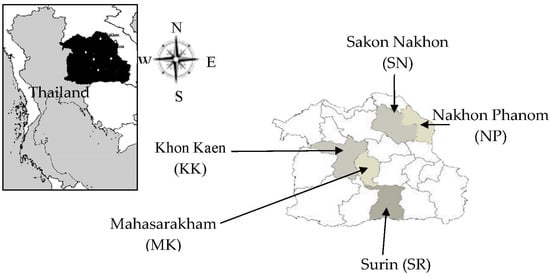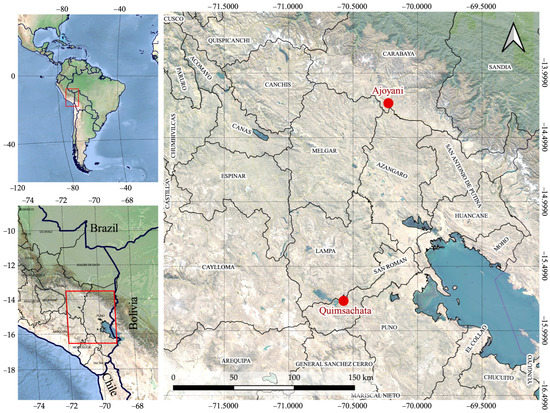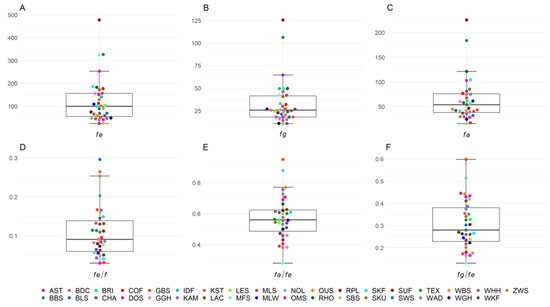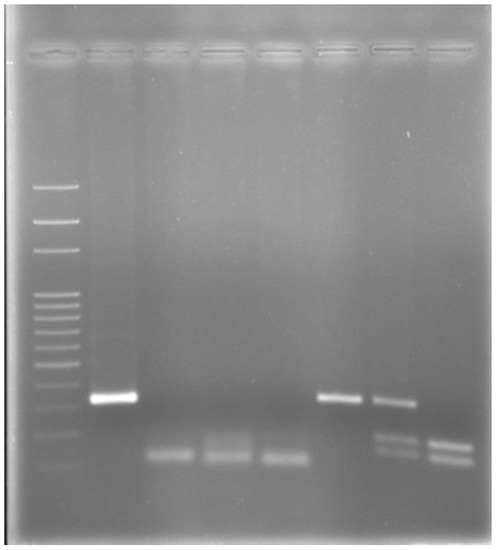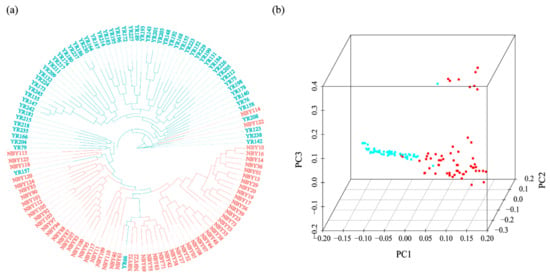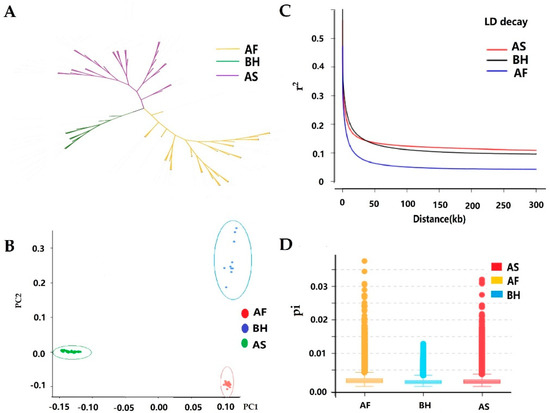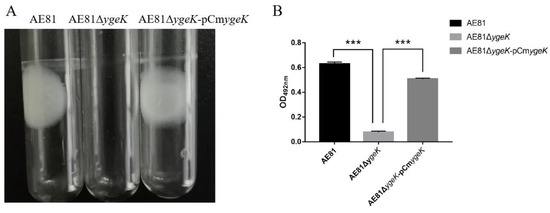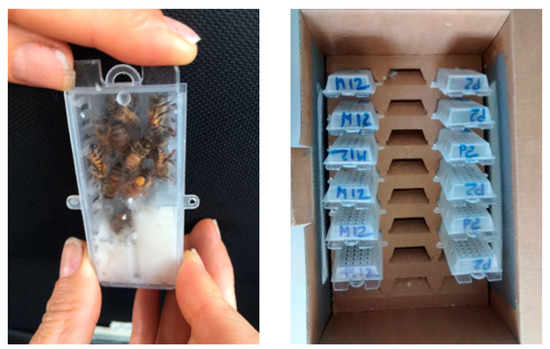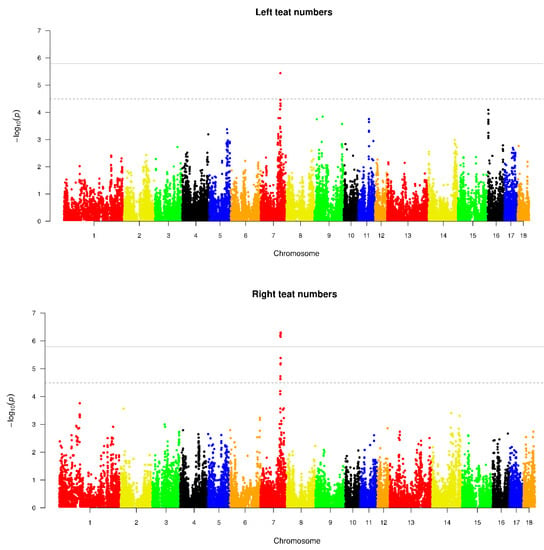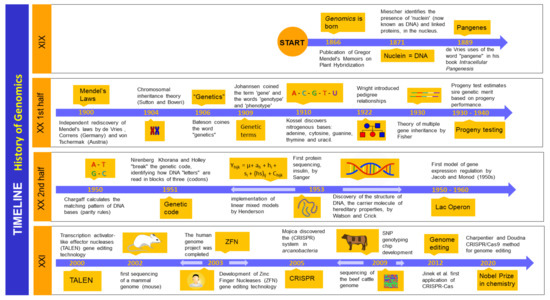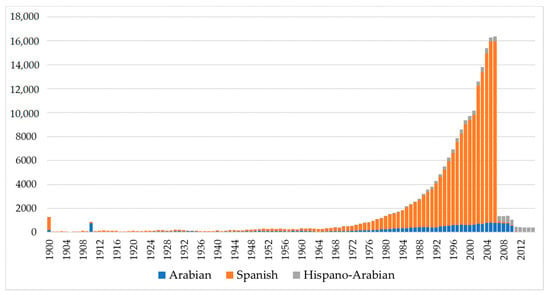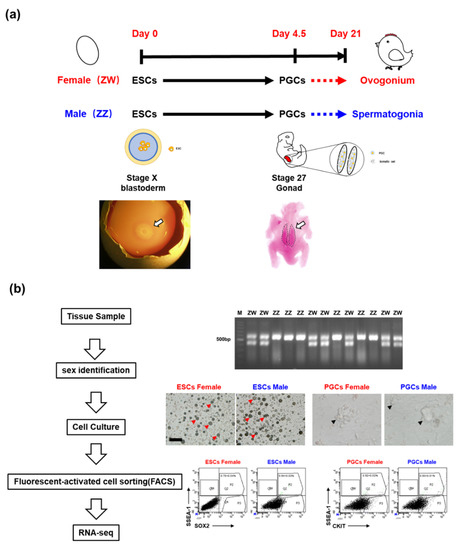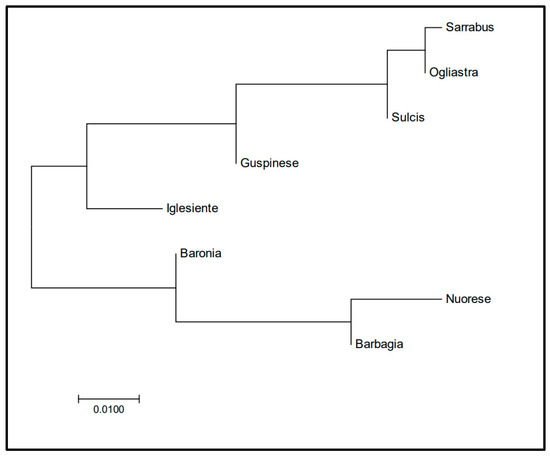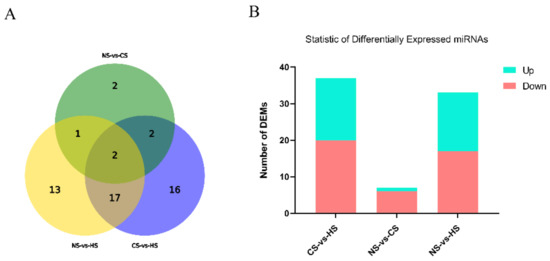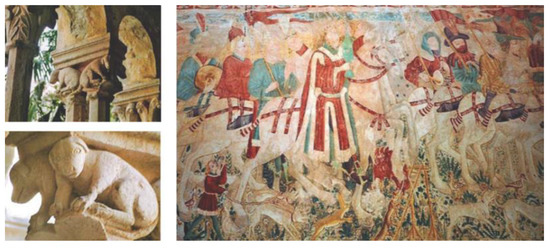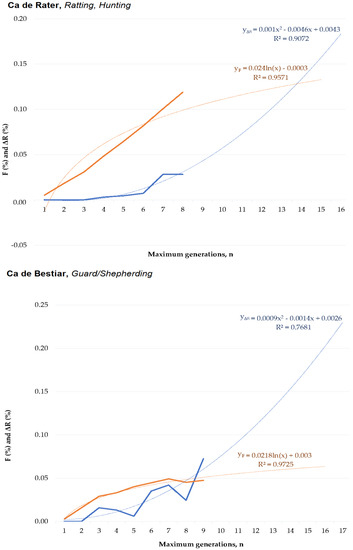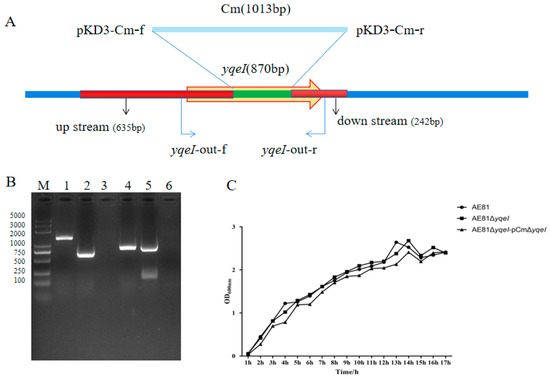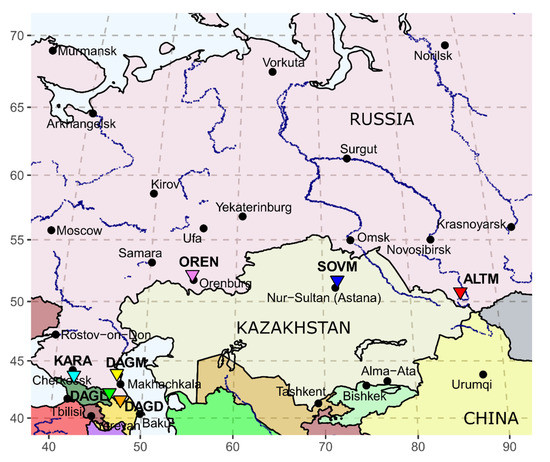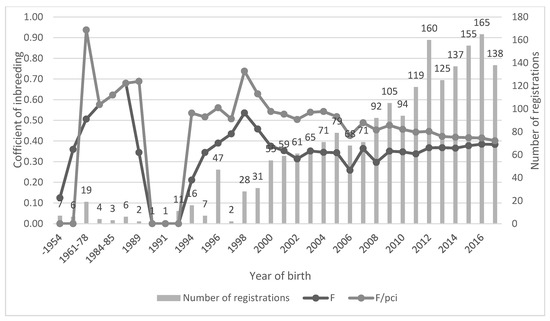Genetic Diversity in Livestock and Companion Animals
A topical collection in Animals (ISSN 2076-2615). This collection belongs to the section "Animal Genetics and Genomics".
Viewed by 130340Editor
Interests: DNA sequencing; mitochondrial DNA; genotyping; population genetics; microsatellites; animal genetics; horse genetics
Special Issues, Collections and Topics in MDPI journals
Topical Collection Information
Dear Colleagues,
Genetic diversity in reared populations plays an important role. Particularly, the maintenance of genetic variability is necessary for the selection and genetic improvement strategies, for adaptation to environmental changes and pathogens (response to stress/illness), and for population conservation. Particularly, one of the goals of selection is to improve desirable traits, limiting the rate of decline of genetic diversity within populations, and reduce the deleterious alleles.
Molecular DNA markers such as microsatellites, SNPs, and CNVs are used to investigate the genetic basis of traits, supplying a support to phenotypic evaluation and genealogical data analysis. The collection of phenotypic data and the different genomic approaches can be used to investigate the genetic basis of inheritance for both Mendelian and complex diseases. Comparison of phylogenetic data, inferred from DNA sequences with different inheritance patterns, such as mitochondrial DNA sequences and Y-chromosome sequences, is widely used to study the genetic relationships and evolutionary history of breeds.
Submissions of original research papers and review articles related to animal genetic diversity as well as the advances in genetics on companion animals and on sustainable livestock productions are welcome.
Dr. Maria Cristina Cozzi
Collection Editor
Manuscript Submission Information
Manuscripts should be submitted online at www.mdpi.com by registering and logging in to this website. Once you are registered, click here to go to the submission form. Manuscripts can be submitted until the deadline. All submissions that pass pre-check are peer-reviewed. Accepted papers will be published continuously in the journal (as soon as accepted) and will be listed together on the collection website. Research articles, review articles as well as short communications are invited. For planned papers, a title and short abstract (about 250 words) can be sent to the Editorial Office for assessment.
Submitted manuscripts should not have been published previously, nor be under consideration for publication elsewhere (except conference proceedings papers). All manuscripts are thoroughly refereed through a single-blind peer-review process. A guide for authors and other relevant information for submission of manuscripts is available on the Instructions for Authors page. Animals is an international peer-reviewed open access semimonthly journal published by MDPI.
Please visit the Instructions for Authors page before submitting a manuscript. The Article Processing Charge (APC) for publication in this open access journal is 2400 CHF (Swiss Francs). Submitted papers should be well formatted and use good English. Authors may use MDPI's English editing service prior to publication or during author revisions.
Keywords
- animal genetic resources
- genetic diversity
- animal breeding and selection
- livestock and companion animals
- sport performance
- microsatellites
- SNPs
- CNVs
- mitochondrial DNA
- Y-chromosome
- genomics









